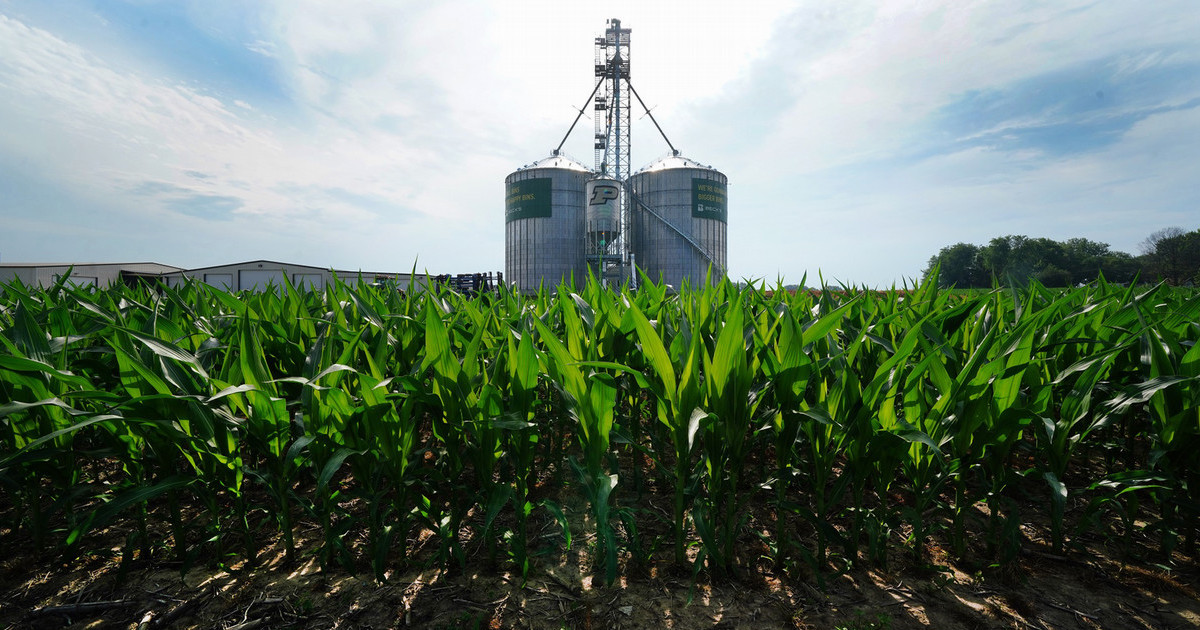The Care & Feeding of the Board: The Case for Creating a Governance Committee

~ by Steve Yoder, Community Development Regional Educator, Purdue Extension
Many years ago, a mentor of mine, who was helping me develop the structure of a non-profit board, mentioned something that stuck with me. “Of all the committees that a board needs,” he said, “the most important is a governance committee.”
In the years since, after working with leaders throughout Indiana and talking about the development of boards, commissions, and similar community groups, those words still ring true. Governance committees are vital. Without one, the overall development and management of the board and its members—their “care and feeding” –can become something that is ad hoc, fragmented, and in some cases, just left to chance.
The role of a governance committee is to ensure that the key steps within the board development cycle take place throughout the year. From overseeing the new member nomination process, to orienting new members, to administering the board’s self-assessments, this committee makes sure that these important steps are followed. Governance committees also inform the rest of the board of educational opportunities to improve their skills.
In addition to overseeing the development cycle, a governance committee oversees the policies, practices, and procedures of the board, such as making sure that its bylaws are up to date. Because of their importance, governance committees should be created as standing committees that report to the full board on a regular basis.
Many nonprofit boards throughout Indiana do not have a governance committee. However, many boards already have a nominating committee in place, which already fulfills a part of these responsibilities. If your board is in a similar situation, consider expanding the role of its nominating committee to include these added responsibilities. Doing so will help ensure that the board is following standard best practices and operating at a more effective level.



